Bramshaw Smallholding
Mires, bogs, ponds, rivers and streams are some of the Forest’s most precious assets and a key reason why the area was designated a National Park.
Through the Farming in Protected Landscapes programme, funding for fencing, hedgerow planting and some ditch clearance around a small secret area of waterlogged soil near Bramshaw has helped ecologists begin to identify many rare species.
The land is classified as a Site of Importance for Nature Conservation (SINC) due to the presence of nationally rare species, valuable wetland habitats, and potential for ecological connectivity. The site is made up of biodiverse wet meadow, wet woodland and mature hedgerow habitats, along with several red-listed vulnerable plants – lesser spearwort, marsh pennywort and ragged robin.
Research as part of the Species Survival Fund has also identified dragonflies, damselflies and hoverflies. With clean streams, more wet bogs than anywhere else in north-west Europe and many ponds, the New Forest is a particularly important place for these invertebrates. Conservationists have also discovered the nationally rare raft spider at the site as well as the robustly built bow jumping spider.
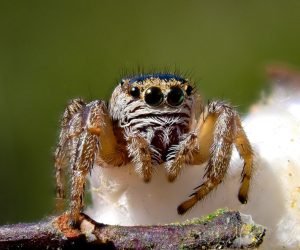
The FIPL grant funded the installation of a clip on fencing system, called Clipex, around the site’s external boundary and wooden fencing around another internal boundary, as a measure to prevent disturbances to wildlife from dogs. The Clipex fencing can be put up faster than traditional methods and has created a safer haven for breeding and nesting species, such as the red-listed Marsh tit which is believed to be breeding among deadwood habitats on site.
‘We have only had one dog trespassed in the last three years since installing the fencing around the exterior of the site,’ said one of the landowners. ‘This has meant that there have been much fewer disturbances to the wildlife.’
Professor Russell Wynn, Director of Wild New Forest and Chair of the New Forest Biodiversity Forum said: ‘The fencing keeps dogs out from the adjacent open-access common land, and it sets the site up for having conservation grazing in the future which is going to be really important to maintain the species habitats.’
Mixed tree species have been planted alongside some of the Clipex fencing to kickstart landscape connectivity with the nearby woodland habitats and encourage landscape-scale nature recovery. The future growth of mature hedgerows will also provide new valuable habitats and nesting grounds for species such as the hawfinch and wood crickets observed on site.
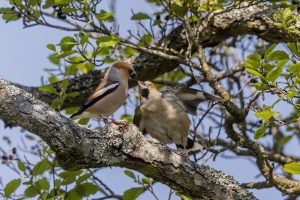
Wet meadows form one of the site’s main habitats, including wet grassland, rush pasture, and scrub. The absence of land management practices led to the site becoming increasingly waterlogged, which altered its hydrology and prevented less dominant plant species from flourishing. As a solution, the FIPL grant funded the creation of ditches, which have been dug around the external border and through the centre of the main wet meadow habitat.
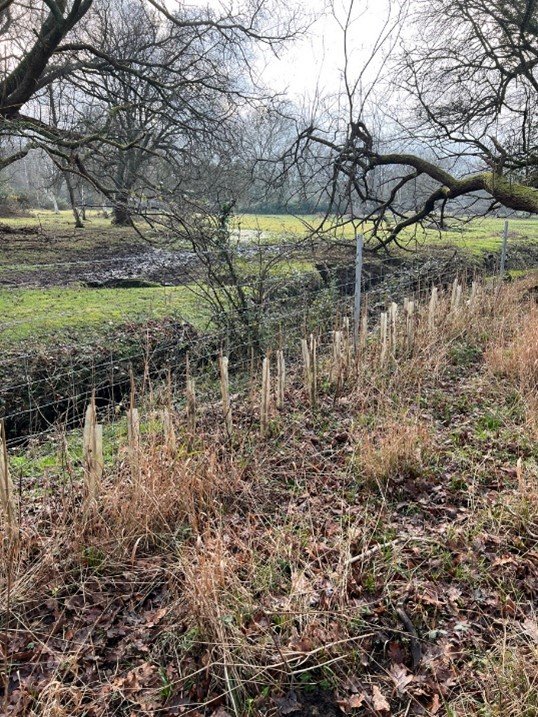
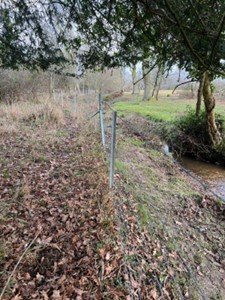
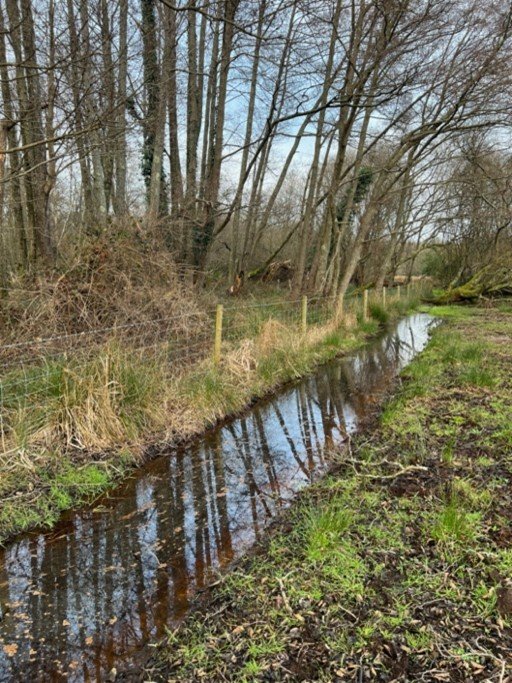
The new ditches help regulate water levels by improving drainage in areas prone to flooding or waterlogging, preventing further spread of scrub and more dominant species that thrive in waterlogged conditions. In particular, the ditches will help to stunt the spread of hemlock water dropwort, which can be harmful to cattle and has been outcompeting other less dominant plants, such as ragged robin which is threatened across England.
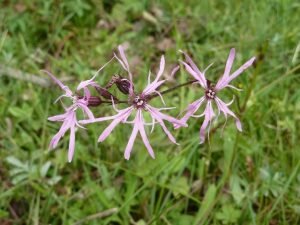
Russell Wynn continued: ‘If none of this work was happening, eventually over the coming decade or so the site would become totally choked up with common species like grey willow and hemlock water-dropwort, and we’d lose some of those special plants and invertebrates that we’ve got at the minute.’
Ecologists from Wild New Forest have noted that without regular grazing, the site’s wet meadow habitats have been slowly shifting from open grassland to less diverse environments dominated by dense rushes, coarse grasses, and encroaching scrub. To counter this biodiversity decline, the landowners plan to re-establish cattle grazing as a key management strategy.
While the Species Survival Fund (SSF) will support the ongoing implementation of this approach, FIPL has enable the initial steps by reinstating a cattle access pass to allow free-roaming cattle to cross the external ditch with ease.
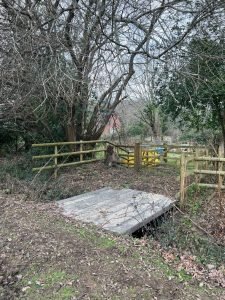
The reintroduction of annual grazing by cattle in the drier seasons will help to maintain the valuable wet meadow habitat and re-establish areas of open ground and short sward that will increase floral and invertebrate diversity. The grazing regime will ideally see small patches of scrub maintained and established within the grassland areas through natural regeneration, and the increased heterogeneity will enhance the feeding and breeding habitats for a variety of wildlife species.
Russell Wynn highlighted the long-term impact of the project: ‘The FIPL project has been really great for the landowner. It’s provided a pump primer for a longer phase of work. The initial phase of FIPL money has provided funding for fencing, ditch clearance, and hedgerow planting. And then that’s led onto a follow-on phase of work that’s funded by the Species Survival Fund.’

